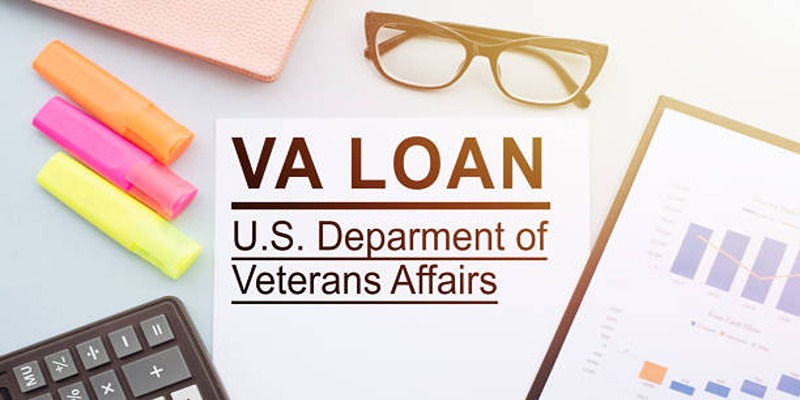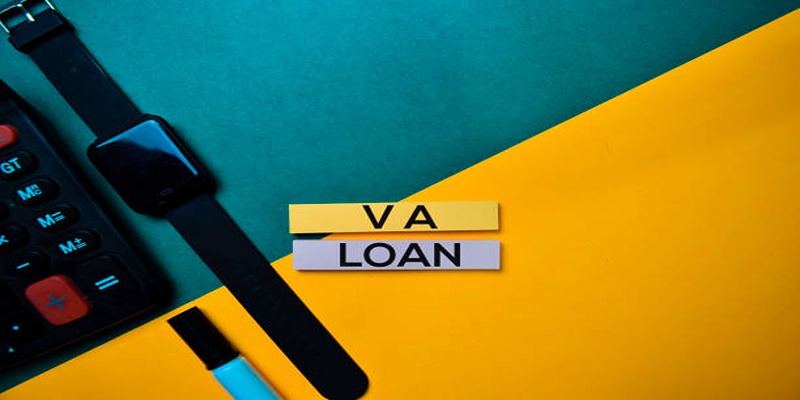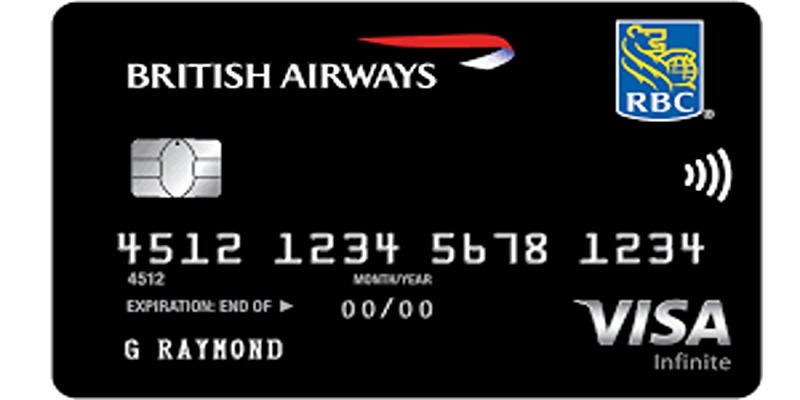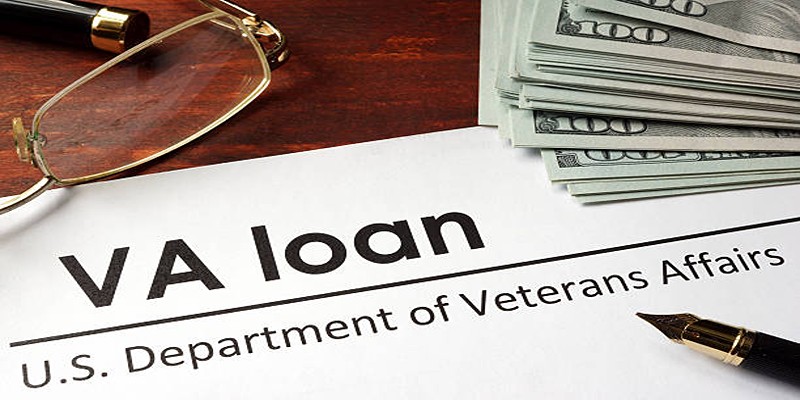Advertisement
Purchasing a home is a significant step, and for veterans, active-duty service members, and certain National Guard and Reserve members, a VA loan can make this dream more accessible. VA loans come with numerous benefits, such as no down payment and competitive interest rates. However, understanding VA loan limits is crucial for borrowers to know how much they can finance. These limits can vary based on location and the borrower's individual circumstances. This guide aims to clarify what VA loan limits are, how they work, and how they impact your home buying process, ensuring you are prepared and informed.

VA loan limits are those set by the United States Department of Veterans Affairs in terms of the amount it can underwrite the actual loan to a particular borrower. These limits imposed a maximum which people could be allowed to borrow and did not require them to provide a down payment: this basically shielded the credit union from financial loss in the event that the borrower failed to pay back the loan. In other words, these limit mean that lenders will not be at risk when extending VA loans to their customers.
VA loan limits work differently compared to traditional mortgages, where the lender sets the borrowing amount based on the borrower's creditworthiness and income. With VA loan limits, each eligible borrower has a basic entitlement of $36,000, which means the VA will guarantee up to 25% of the loan amount. This calculation translates to a maximum guaranteed loan amount of $144,000.
However, this does not necessarily mean that borrowers can only take out loans up to $144,000. In most counties across the United States, the VA loan limits match the conforming loan limit set by the Federal Housing Finance Agency (FHFA), currently at $548,250. This higher limit allows veterans and service members in more expensive housing markets to still take advantage of their full VA home loan benefits.
There are some exceptions to VA loan limits, such as the VA Jumbo loan. This type of loan allows borrowers to exceed the conforming loan limit in their county by putting down a certain percentage of the difference between the county limit and the total purchase price. Additionally, some high-cost counties have even higher VA loan limits to accommodate for expensive housing markets.
Several factors determine the VA loan limits that borrowers can receive, including location, down payment, and eligibility. Some counties have higher loan limits due to their high cost of living, while others have lower limits based on median home prices. Additionally, the borrower's credit score and debt-to-income ratio may also impact their ultimate loan amount.
The VA also accounts for the number of times a borrower has used their VA loan benefits in determining their maximum entitlement. For example, if a veteran has previously used $100,000 of their basic entitlement, they will only have an additional $44,000 remaining before reaching the full $144,000 limit.
To calculate your VA loan limit, you will need to determine your basic entitlement and factor in the current county loan limits. First, multiply your basic entitlement of $36,000 by four to get the maximum guaranteed loan amount of $144,000. Then, check the current county limits set by the FHFA to see if they exceed this amount.
If your desired home's purchase price exceeds both your basic entitlement and the county limit, you may still be able to use a VA Jumbo loan or consider other financing options such as making a down payment.
Understanding VA loan limits is essential for borrowers because it directly impacts how much they can finance without making a down payment. For those looking to purchase a higher-priced home, exceeding the county limit may require additional financing options or a larger down payment.
Additionally, knowing your VA loan limits can also help you budget and plan accordingly. By understanding the maximum amount you can borrow, you can align your housing search with your financial goals and ensure that you are not overextending yourself.
In 2021, the VA loan limits saw a significant increase in response to rising home prices across the country. The increased limits allow more veterans and service members to take advantage of their full VA loan benefits and potentially purchase homes in higher-priced markets without having to make a down payment.

There are some common misconceptions about VA loan limits that borrowers should be aware of.
VA loan limits vary by county and can change from year to year based on market trends. It is essential to research the current limits in your desired location before beginning the home buying process.
While VA loans can cover up to 100% of a home's purchase price, there may be instances where a borrower exceeds their county limit and needs to consider other financing options or make a down payment.
Borrowers may be able to restore their entitlement if they have previously paid off a VA loan or sold a home that was purchased using their VA benefits.
VA loan limits play an essential role in the home buying process for veterans and service members. By understanding these limits, borrowers can determine how much they are eligible to finance without making a down payment and plan accordingly. It is important to stay informed about any updates or changes to VA loan limits, as they can greatly impact your home financing options. With this guide, you should now have a better understanding of what VA loan limits are, how they work, and how they may affect your home buying journey. So be sure to use this knowledge to your advantage when exploring your options for purchasing a home using your VA loan benefits.
Advertisement

By Verna Wesley/Mar 17, 2025

By Martina Wlison/Nov 10, 2024

By Maurice Oliver/Mar 18, 2025

By Isabella Moss/Nov 10, 2024

By Aldrich Acheson/Dec 03, 2024

By Georgia Vincent/Dec 05, 2024

By Maurice Oliver/Jan 13, 2025

By Aldrich Acheson/Mar 17, 2025

By Kristina Cappetta/Nov 07, 2024

By Gabrielle Bennett /Jan 22, 2025

By Alison Perry/Nov 10, 2024

By Vicky Louisa/Dec 05, 2024